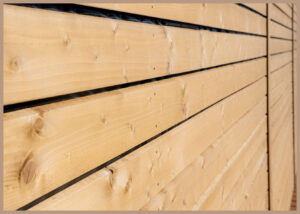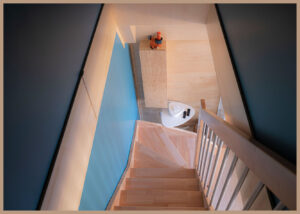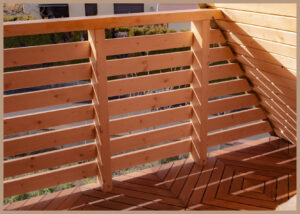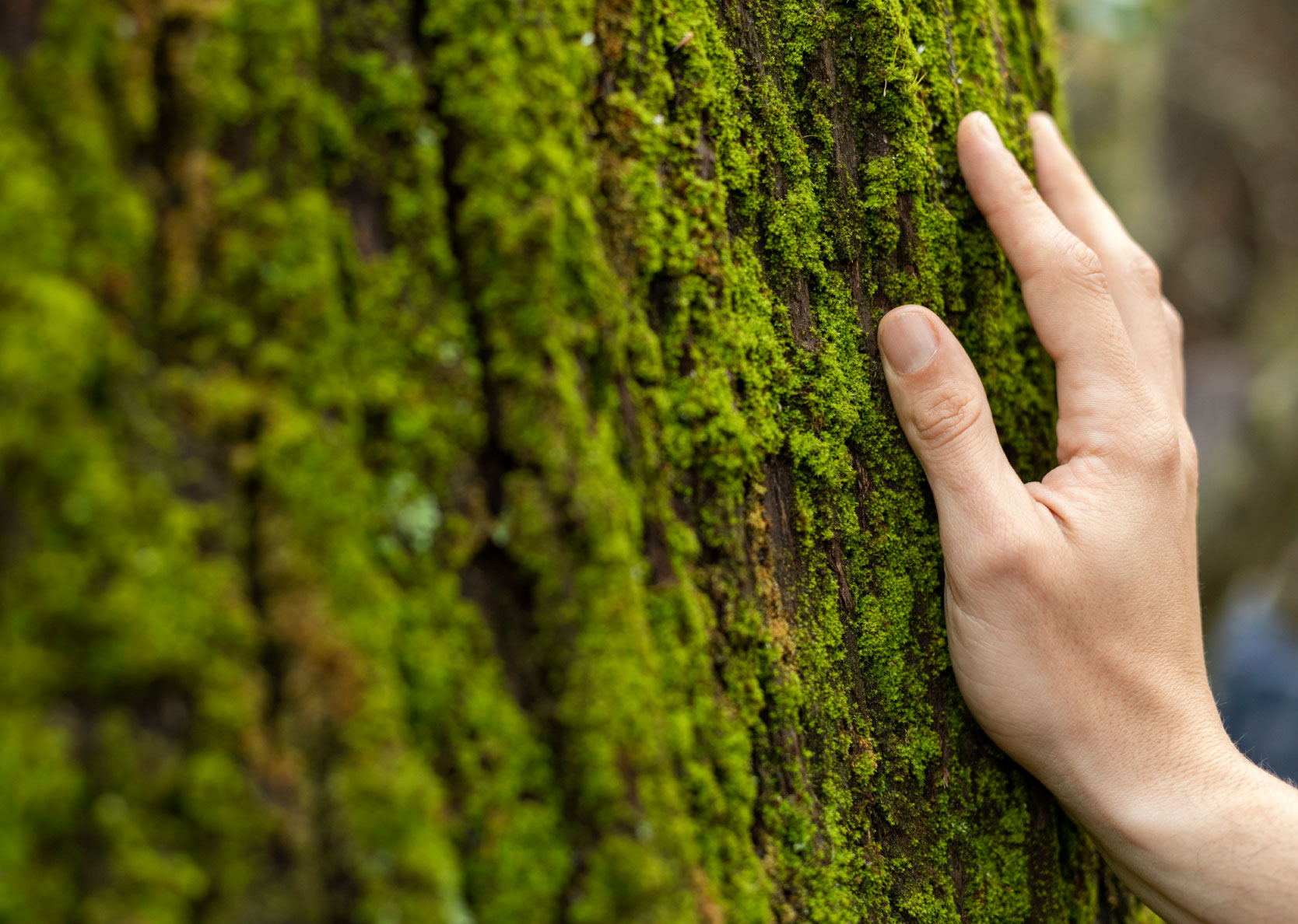Not only does A-FOLD build beautiful, durable, and energy-efficient prefabricated modular wooden houses, but it also takes concrete action every day to preserve the most important resource the planet has given us: oxygen.
Choosing to build a prefabricated wooden house has several advantages in terms of environmental impact, thanks to the characteristics of the material itself.
In this article, we clarify the actual usefulness of wood as a source of energy and sustainable building material.
 Wood is our life source
Wood is our life source
We all know that living creatures breathe thanks to plants, which convert carbon dioxide into oxygen (and sugar) through a process known as chlorophyll photosynthesis. However, we have not always breathed oxygen.
Research shows that breathing would have been much more complicated 3.5 billion years ago, the only living creatures were bacteria and archaea, quite different from eukaryotes, and they did not need oxygen to breathe.
They would exploit the sun to make their food and, through this process, they would create a useless waste molecule that bound itself to other atoms for a few hundred million years. This molecule is called oxygen.
The arrival on earth of another member of the domain of Eukaryotes lead to a surge in oxygen production, until around 200 million years ago when the amount of oxygen in the atmosphere stabilized at levels that we still record today. We are not those eukaryotes, they are the green plants, and, strange to say, we belong to the same taxonomic class.
Even to this day, oxygen is produced by green plants on land, by cyanobacteria and seaweed, and used as fuel to extract energy from food by many living creatures. Thus, the so-called oxygen cycle, strictly linked to the carbon cycle, has been established on earth for hundreds of millions of years.
It works like this: during the production of food through photosynthesis, green plants combine carbon dioxide (CO2) molecules with the energy of the sun, emitting molecular oxygen (O2) as waste material.

The carbon cycle of wood
This brief premise should have made it clear that building a prefabricated modular wooden house is the best solution to preserve our environment.
As manufacturers of prefabricated wooden houses, we do not produce wood, we ‘collect’ it and adapt it to our usages.
This material carries a long history that is intertwined with that of all living beings on the planet. That is why it must be known and respected.
Let’s try to get to know this tree that was grew and reproduced spontaneously, has undergone all the climatic variations that have taken place in the past decades and has survived droughts and frosts, parasite attacks and traumatic events.
A sustainable forest management for building wooden houses
For its whole life, this tree has performed fundamental tasks for living beings, producing oxygen, and storing carbon dioxide, retaining its own from erosion while also performing a thermoregulatory function. All this is without considering the amazing feeling of walking through a forest or the unique view of a breathtaking landscape that nature gives us.
So a tree costs nothing, saves our lives and is also beautiful. Do you want to cut them down to make houses? Yes, absolutely.

When you cut down a tree, the carbon remains fixed in the collected wood and it is transformed into forest wood products for the manufacture of paper and cardboard, furniture, building products.
Harvested wood products thus constitute a carbon stock, with a role in the carbon cycle and the greenhouse effect. This extra carbon stock will increase, thus acting as a sink, as long as the decay and destruction by burning or landfilling of old products remains lower than the manufacture of new ones.
The United Nations Framework Convention on Climate Change (UNFCCC) recognised the important role of forests in the carbon cycle among the actions to take to reduce greenhouse gas emissions in the atmosphere. The UNFCCC calls on member countries to take steps to protect and enhance forest carbon stocks and sinks. Concretely, the options offered by forests are:
- Protecting forest areas and expanding them, through the containment of deforestation and the creation of new forests;
- Maintaining or increasing the density of biomass on a stationary scale, through fire prevention and containment of biotic (insects, pathogens, etc.) and abiotic (weather-climatic agents, etc.) damage;
- Producing carbon-accumulating materials (long-life timber) or substitutes for fossil energy sources and cement-based materials.
 Choosing the right raw material is fundamental
Choosing the right raw material is fundamental
When you decide to build a prefabricated modular wooden house, you are making your contribution to preserving the planet. However, you have to be careful and avoid products from unsustainable forest management.
The increased use of timber and paper has led, as we know, to progressive deforestation globally.
Cutting down trees without waiting for new trees to grow will lead to reduced biodiversity, flooding, and soil erosion, not to mention the irreparable damage caused to indigenous peoples who had made the forest their home.
In the light of an increasingly desperate situation and, therefore, the need to impose clear and agreeable rules, forest protection associations and certification bodies have sprung up. Examples are FSC and PEFC.
Building a wooden house is a certified guarantee
The Programme for the Endorsement of Forest Certification schemes (PEFC) is a European environmental certification system that guarantees against unsustainable exploitation of forest resources, ensuring respect for biodiversity and the rate of plant growth, imposing management policies made for reforestation and very strict controls on the work of all manufacturers of wood-based products who adhere to it.
Now we have made it clear why our modular prefabricated wooden houses models are built with special attention to the environment and why they are made with wood from PEFC-certified forests: the wooden material is obtained from forests that are managed in a responsible and environmental-friendly way.




